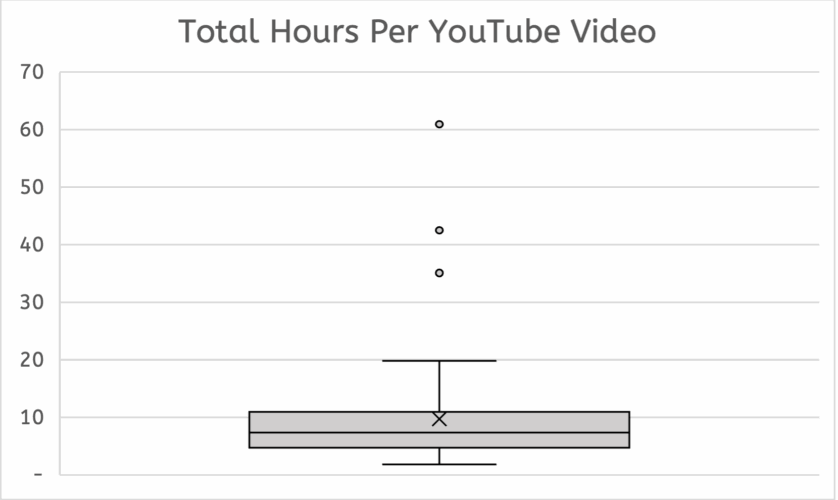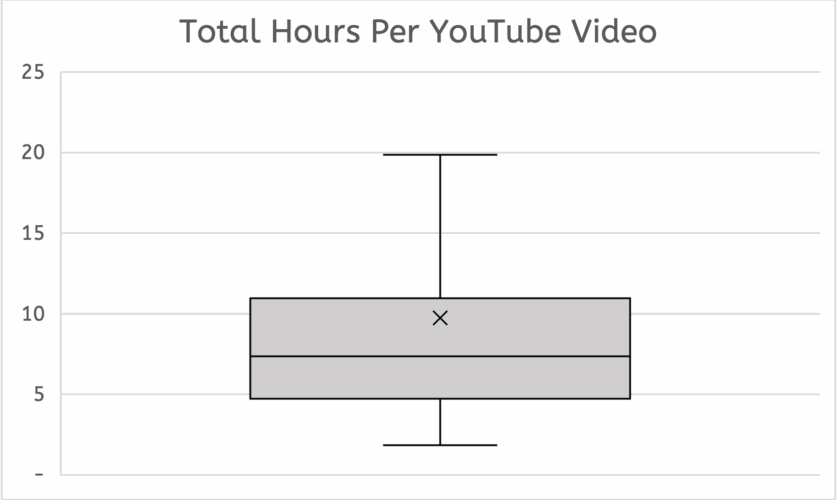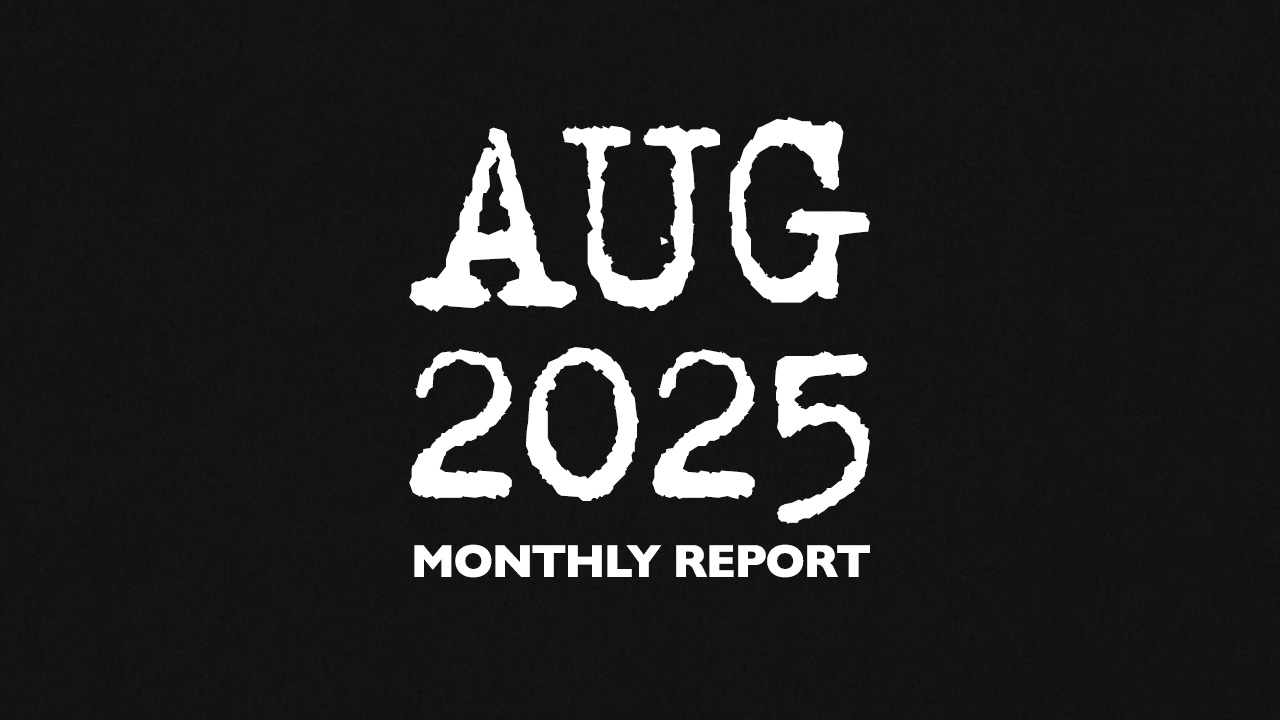In September, I spent 34 hours and released nothing. October increased to 41 hours and produced a single episode — progress, but not momentum.
This is the third Social Media Monthly Report — part of an ongoing effort to show what it takes to build a creative media business from the ground up. The goal isn’t performance; it’s documentation. What works, what doesn’t, and how much time disappears between the two.
October was a slow grind back toward momentum — progress measured mostly in wasted hours.
Executive Summary
October’s target was straightforward:
- Publish 4 videos.
- Invest ~40 hours, with post-production under 50%.
The aim was to hold a steady output before adding specific targets for views, watch time, or subscribers. Instead, I tried to rebuild the lost momentum from the previous month with limited results. Being away from the camera for so long resulted in wasted production efforts. Some shoots were too poor to use, leading to repeated work that could have been avoided if I weren’t so rusty. Inconsistency remains the major factor plaguing the channel.
Here is the month in numbers.
Key Metrics
| SEP | OCT | Change | |
| Impressions | 2,353 | 8,547 | +6,194 |
| Views | 138 | 448 | +410 |
| Click-through Rate (CTR) | 3.8% | 3.6% | -0.2 pp |
| Total Watch Time (Hours) | 7.4 | 26.6 | +19.2 |
| Subscribers | 175 | 182 | +7 |
A single upload this month, compared to none last month, naturally increased impressions — no surprise there. Views and watch hours remain low, and CTR held steady; the problem is still output, not packaging.
Production Breakdown
| SEP (Hours) | SEP (%) | OCT (Hours) | OCT (%) | |
| Pre-Production | 13.00 | 39% | 8.00 | 20% |
| Production | 3.00 | 9% | 12.50 | 30% |
| Post-Production | 7.25 | 21% | 10.75 | 26% |
| Publishing | 0 | 0% | 0.25 | 1% |
| Marketing | 4.67 | 14% | 1.50 | 4% |
| Other | 5.75 | 17% | 8.00 | 20% |
| Total | 33.67 | 100% | 41.00 | 100% |
Of the 41 hours, 20% went into production—mostly shooting and reshooting the same two episodes. One episode was successfully released and the second is in the final stages of post-production — with ~4 hours of work needed for release. Video editing accounted for about 10% of the time; the drop in post-production hours happened because the second video is still not finished, not because editing got faster.
The failed production sessions caused frustration, broke momentum, and led to mundane admin work that didn’t move the channel. Given that pattern, here’s what has to change.
After-Action Notes
Continuing to claw back momentum remains the priority. The main bottleneck is spillage—production waste, the time invested that never turns into a finished episode. Every input hour must move something forward. With a one-man schedule, there’s little margin for inefficiency; progress depends on focus, not volume.
Next Month (November 2025)
The goals are simple:
- Publish 4 videos.
- Invest ~40 hours, with post-production under 50%.
- Minimal waste: Under 5% of time invested in other tasks. Zero spillage in production hours.
The aim is still to hold this output steady for the next six months before adding specific targets for views, watch time, or subscribers. The key is consistency and regaining momentum.
Closing
This is the cost of doing the work — measured in hours, not hype. October was about regaining motion through waste; November is about keeping motion while cutting the waste down. One month, one set of numbers, one small step towards consistent rhythm.
For those who prefer the full data in one go, I’ve pulled the charts into a short deck. The “boardroom version” of this report — 45 seconds, numbers only.
This is the third in a monthly series. The next Social Media Monthly Report will follow in December (after month-end). If you want to keep track of how the numbers move, subscribe.








